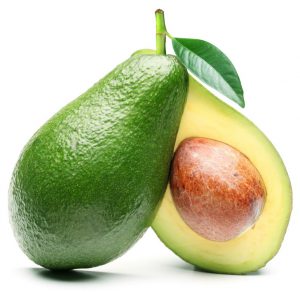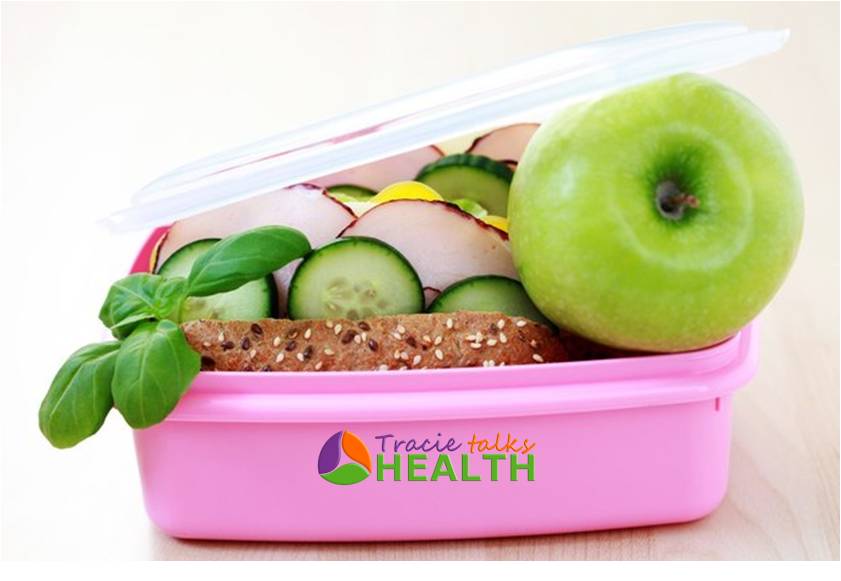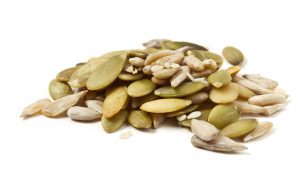Lets talk lunchboxes!
Whether your child is 2 years old or 12 years old, the food that is provided to them can either promote health, energy, focus & wellbeing or it can welcome illness, lethargy, mood instability and disease. If you’re looking for healthy lunchbox inspiration, here’s s list of good tips to help you make the best choices.
What makes a lunchbox healthy?
A healthy lunchbox contains a good variety of nutritious wholefoods and limits processed and high-sugar foods; aiming to provide adequate energy and nutrient needs of growing, active children. Offering nutritionally balanced meals and snacks is key and always offering water as their main fluid.
Balanced meals and snack selections provide servings of each of these important macronutrients; protein, lipids (fats) and carbohydrates.
Nutritious wholefood examples of these are:
(* indicating common food allergens not permitted in most lunchboxes)
- Chicken or turkey meats, seafood, red meats, pork and eggs*
- Legumes & pulses, tofu (soy), tempeh (soy)
- Raw nuts* and seeds and nut/seed spreads
- Dairy foods and alternatives – (cow/goat/sheep/ soy) e.g feta cheeses & yoghurts
Carbohydrates
- All vegetables and fruits
- Grains and cereals such as wheat (wholegrain), rolled oats, buckwheat, rye, quinoa, amaranth, spelt, rice (brown & wild), pasta (whole wheat), sweet potato, barley and kamut

Lipids (fats)
- Extra virgin olive oil, cold pressed extra virgin coconut oil, cold pressed avocado oil and macadamia oil
- Raw nuts* and seeds
- Nut and seed spreads (all natural nut/ seed butters)
- Oily fish like salmon, tuna, sardines and calamari
- Avocado’s and coconut
Processed and packaged foods are often higher in sugar and contain a lot of unhealthy fats, preservatives, additives and generally offer little to no nutrients. These include all lollies and soft drinks (sodas), most packaged fruit juices and tinned fruits, packeted chips/ crisps, packaged cakes, pastry items and cookies, many sauces, and most flavoured yoghurts, milk drinks and processed cheeses.
Focus on including a balanced variety of wholefoods and alternating them throughout the week to ensure that you provide children with nutritious choices, and lessen the chance of children getting bored/tired with meals.
Examples of homemade balanced meals and snacks for lunchboxes include:
- Hummus with crackers & cucumbers
- Rice paper rolls with salad and meat/ or tofu
- High fibre/protein crackers and crisp breads with avocado and cucumber
- Baked Beans & vegetables with rice
- Meatballs (chicken, beef or pork with vegetables) & sugar free dipping sauce
- Avocado, tomato, olive and cheese kebabs
- Homemade nut-free cookies {recipe available}
- Fruit and seed treat balls, nut-free (goodie/bliss balls) {recipe available}
- Homemade nut-free muesli slice (recipe available}
- Unsweetened full cream yoghurt with fresh fruit
- Tuna/salmon /prosciutto/chicken or turkey & salad wraps
- Homemade quiches and pastry twists (recipes available}
- Savoury Vege Muffins, High Fibre &/or High Protein Sweet Muffins (recipes available}
If you’d like to receive regular, healthy lunchbox wholefood recipes and ideas straight to your inbox, subscribe to my newsletters and never miss an update!
I’d love to hear from you if you have a question or comment.
Tracie


